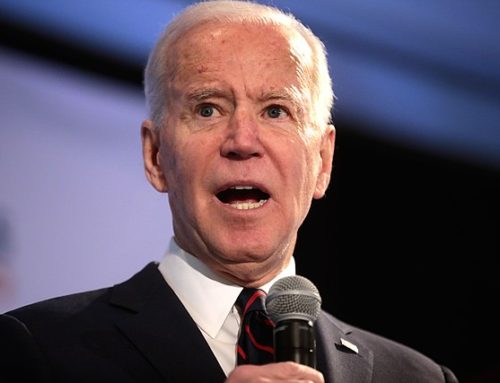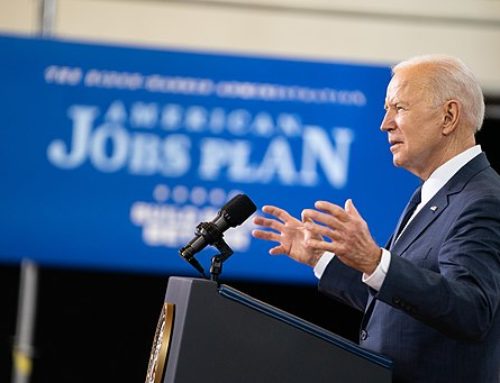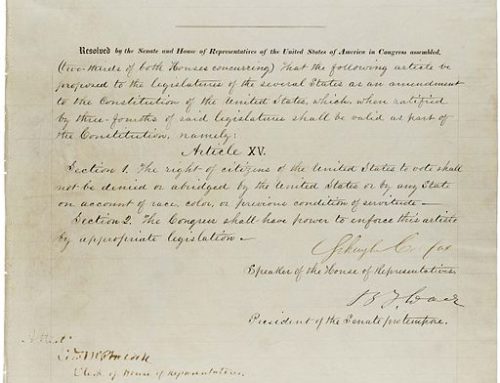Reuben Goldberg (July 4, 1883 – December 7, 1970) was an American cartoonist who received a 1948 Pulitzer Prize for his political cartooning. He is best known for his series of popular cartoons depicting Rube Goldberg machines, complex devices that perform simple tasks in indirect, convoluted ways. Today’s New York Times pointed out that in the twenty-first century a combination of inept government regulators, disingenuous mortgage brokers, inept credit rating agencies, the employment of complicated derivative products, has led to a Rube Goldberg financial machination that have almost brought down the entire worldwide financial system. In order to prevent a global recession, the European Central Banks today inserted a record $500 billion dollars into the financial system to stem the hemorrhaging. In essence, a widespread assortment of government and financial leaders collaborated to create a housing bubble.
Barbara Tuchman, a famous historian, wrote a wonderful book, called March of Folly. She focused on historical follies such as the Reformation, the American Revolution, and the Vietnam War that could have been avoided if leaders would have listened to prescient critics. To fast forward, Edward Gramlich, a Federal Reserve Governor repeated warned Alan Greenspan that a new breed of lenders was luring many people into risky mortgages they could not afford. Mr. Gramlich repeated warned that many subprime loans were extremely complicated and loaded with hidden risks, including prepayment penalties that prevented people from getting cheaper loans. In essence, he stated that the least sophisticated borrowers were probably duped into taking horrendous mortgage risks. Mr. Greenspan countered that while there was some risk to the economy, the benefits of widespread home ownership outweighed the risks.
Alan Greenspan rebuffed Mr. Gramlich’s efforts to get federal examiners to investigate mortgage lenders. In 2001, a senior treasury official, Sheila Blair, tried to persuade subprime lenders to adopt a code of “best practices” and to let outside monitors verify their compliance. None of the lenders would agree to the monitors, and many lenders rejected the code itself.
Mr. Greenspan refused even to use his “bully” pulpit to press for a voluntary code of conduct to stop unscrupulous mortgage lending practices. In essence, instead of stopping the housing bubble, the administration and the Federal Reserve sought to prop up housing in order to keep the economy on the surface robust.
In 2003 the Comptroller of the Currency successfully blocked states like North Carolina and Georgia from imposing tougher lending rules on nationally chartered banks. Mr. Greenspan despite increasing evidence of a “housing bubble” stated in June 2004 that a national housing bubble is “most unlikely.” In December 2004, the New York Federal Reserve said “No housing bubble exists. In 2006, the Federal Reserve failed to take steps to stop the proliferation of subprime mortgages that accounted for close to forty percent of all new mortgages. Only in August 2007, did the Federal regulators issue final guidance on subprime lending, months after much of the industry had collapsed. Finally, in December 2007, the Federal Reserve is set to propose a overhaul of mortgage lending rules, using its longstanding authority to prohibit unfair and deceptive practices. In essence, it has taken a worldwide financial crisis for the Federal Reserve to take steps that Mr. Gramlich proposed in 2000.
MR. GREENSPAN MADE THIS LAME COMMENT TO DEFEND HIS INEPT HANDLING OF THE PROBLEM.
“The housing bubble has far less to do with the Federal Reserve Policy on interest rates than on a global surplus in savings that drove down interest rates and pushed up housing prices in countries around the world.
The Federal Reserve is ill-suited to investigate deceptive lending practices. I got the impression that there were a lot of very questionable practices going on. The problem has always been what basically does the law mean when it says deceptive and unfair practices? … I think that bank examiners were ill-suited to the job of investigating fraud. It becomes essentially an enforcement action, and the question is, who the best enforcers are.” Mr. Greenspan even went on to say that since federal regulators would be inept to spot fraud, they would in effect give a “seal of approval to illegal acts.”
In my judgment, the Federal Reserve was established to be a watchdog over our financial system. If Mr. Greenspan felt that he needed enhanced powers, he could have asked for additional manpower. Mr. Greenspan failed to acknowledge that he brought down the Federal Funds rate from 2001 to 2004 to1% and kept them at an arbitrarily low level for a long time period. In a nutshell, Mr. Greenspan was the architect of cheap money. In essence, the Federal Reserve failed to do its job during Mr. Greenspan’s tenure, just as it contributed to the Great Depression in 1929.
Ms. Blair who left the Treasury Department to become chairman of the Federal Deposit Insurance Company said “Financial innovation is great, but you have to have some basic rules. One of the most basic rules is that a borrower should have the ability to repay.”
The New York Times pointed out that the various Federal and State Agencies possessed such different mandates that in essence nothing was done. The Comptroller of the Currency was in charge of nationally chartered banks and their subsidiaries. The Federal Reserve covered affiliates of nationally chartered banks. The Office of Thrift Supervision oversaw savings institutions. The Federal Deposit Insurance Corporation insured deposits of both state-chartered and nationally chartered banks. The New York Times went on to mention that critics of these multi-faceted agencies have commented that the regulatory bodies have become beholden to the banks and thrifts because they treat these institutions as constituents to be protected rather than be regulated. That is, these regulatory institutions receive their operating budgets from fees imposed on the institutions that in theory they are regulating. Under our Kafkaesque system, the prison wardens are beholden to the criminals because the later pay their salaries.
Originally published in the Sarasota Herald-Tribune



